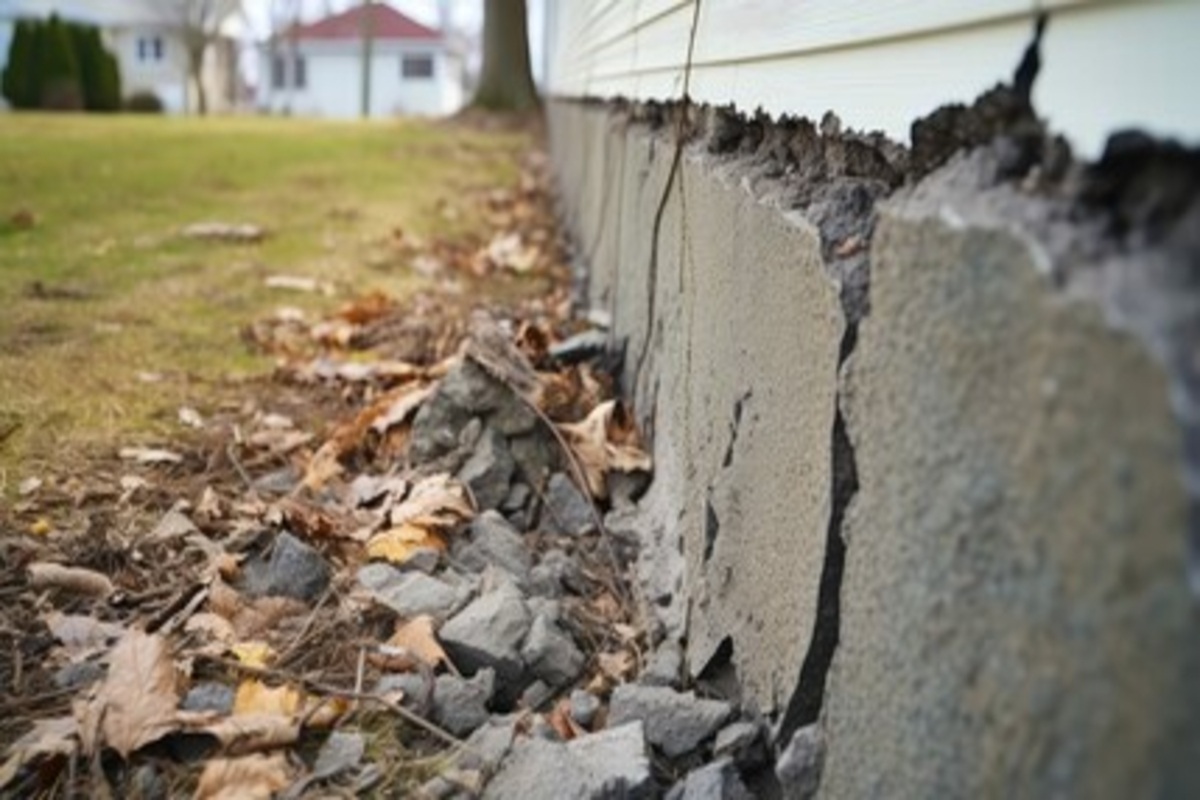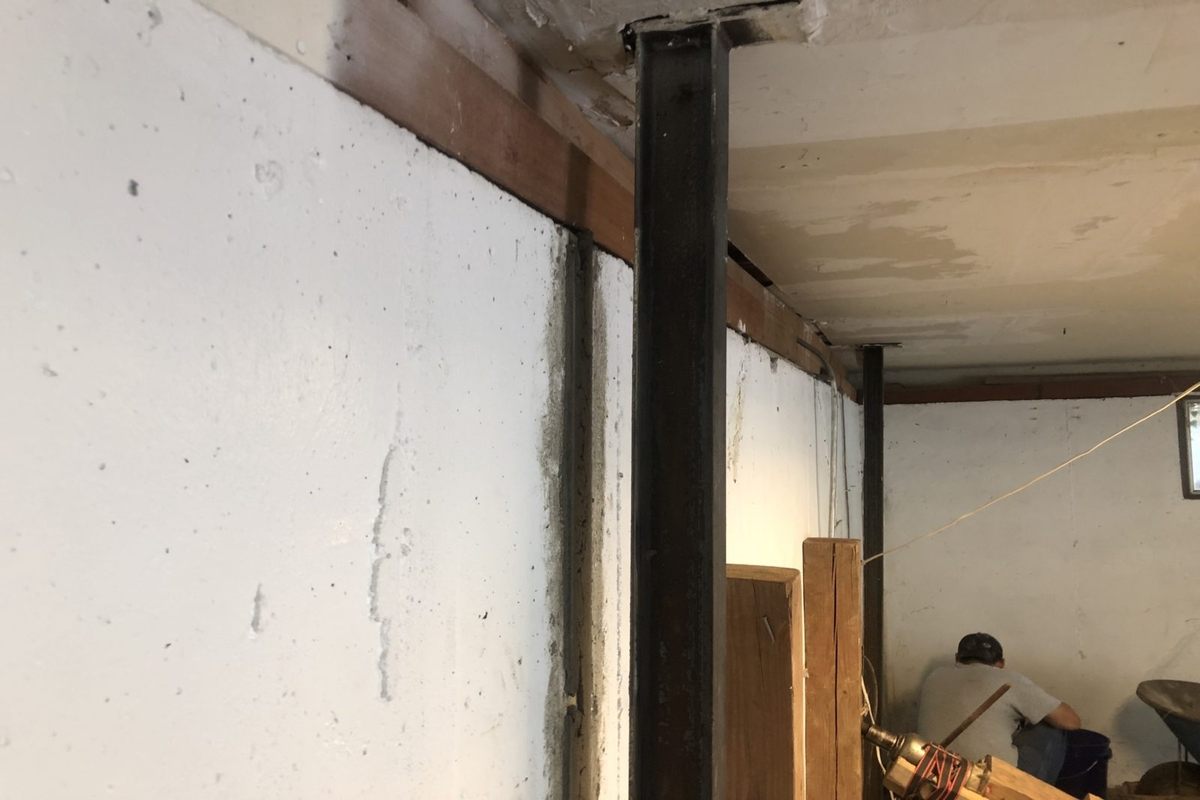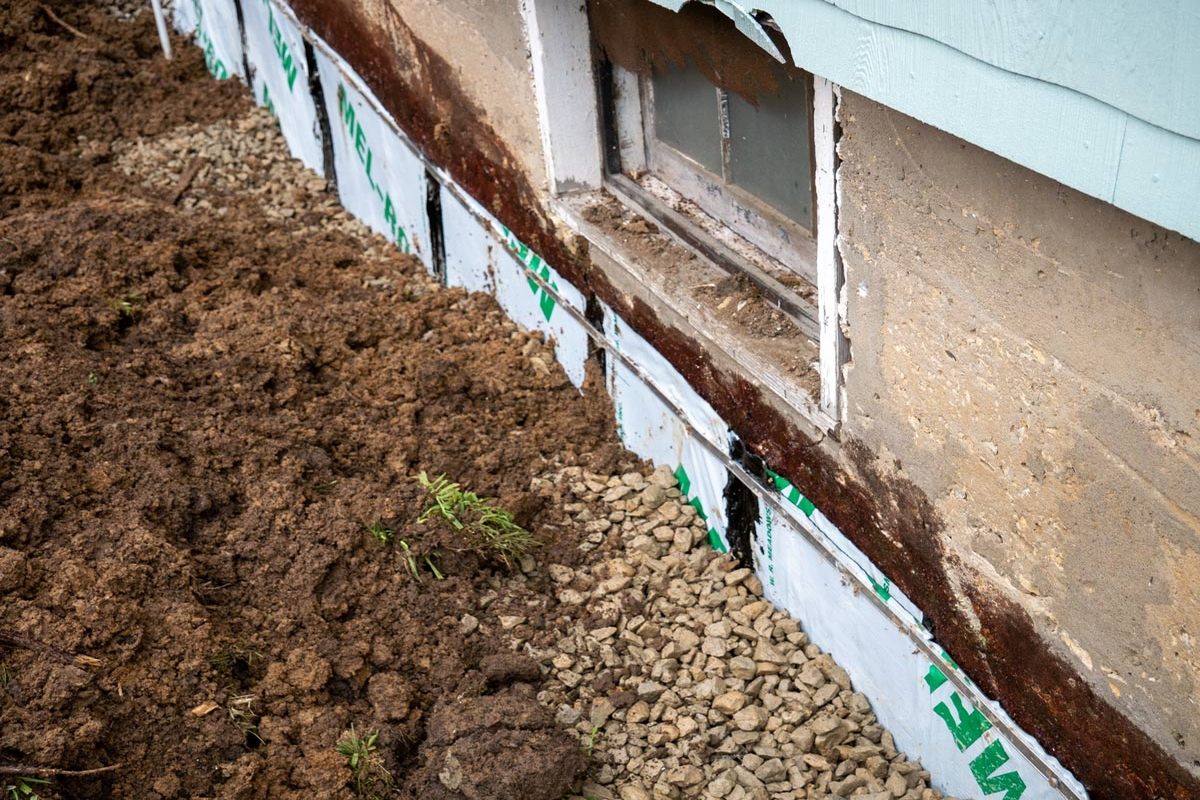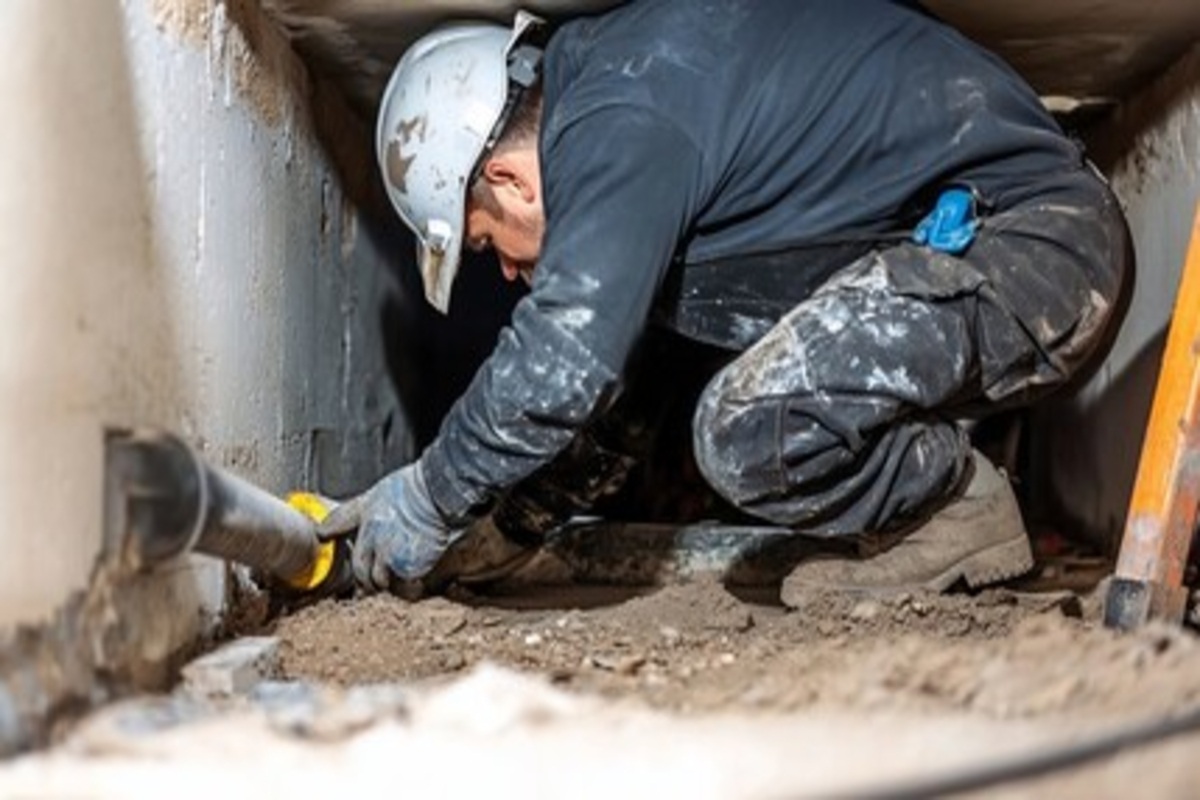In Kansas City, homeowners often encounter a specific structural phenomenon in their basements. This phenomenon, known as a cold joint, manifests as a gap between the basement wall and floor. Understanding what a cold joint is, why it occurs, and how to manage it is crucial for maintaining the integrity of your home’s foundation.
What is a Cold Joint?
A cold joint represents a critical point in the construction of a basement, whether it involves block or poured concrete. This junction is where the foundation’s footing, walls, and slab floor converge. During construction, the footing is poured first, followed by the walls and then the floor. These components rest on the footing but are not bonded by grout, glue, or concrete, leaving a visible gap or shadow at their meeting point. This gap is essential for the structural integration of the foundation, yet it does not compromise the basement’s strength.
Effects of Seasonal Changes on Cold Joints
In regions like Kansas City, where the soil contains a high proportion of clay, seasonal changes significantly impact cold joints. Clay expands when wet and contracts when dry, exerting fluctuating pressures on the foundation. These pressures can cause the cold joint to shift or become compromised over time. When the soil becomes overly saturated, the increased hydrostatic pressure can force water through the now-shifted cold joint, leading to leaks in the basement. This movement and infiltration through the cold joint are often undetectable at first glance, as the gap appears unchanged to the untrained eye.
Remedies for Cold Joint Movement
Fortunately, there are multiple strategies to address water infiltration through a compromised cold joint. Kansas City Pier, a local foundation repair company, offers several solutions to manage cold joint issues effectively.
Interior Drain Product for Cold Joint Management
One popular method is the installation of an interior drain system. This system captures water entering through the cold joint and directs it to a sump pump, which then expels the water away from the home. Essentially, this method creates a moat inside the foundation perimeter, offering a reliable water management solution that is particularly suited for homes experiencing minor to moderate water ingress.
Exterior Waterproofing for Severe Cases
For more severe cases of water infiltration, exterior waterproofing can be a viable option. This method involves excavating around the affected area of the foundation and applying waterproofing materials to block water from entering through the cold joint from the outside. While effective, this solution is generally more costly and invasive than interior methods but serves as a long-term remedy for significant water issues.
In Summary
The gap between the wall and floor in your basement, or the cold joint, is a common yet manageable issue faced by homeowners, especially in areas with clay-rich soil. Understanding the causes and effects of cold joint movement is the first step toward finding a suitable solution. Whether through interior drainage systems or exterior waterproofing, addressing this issue promptly can prevent more serious damage to your home’s foundation and ensure a dry, comfortable basement for years to come.
If you’re experiencing issues with a cold joint or any other basement water problems, don’t hesitate to reach out to us. Our team is here to help you find the most effective remedies tailored to your home’s specific needs.






